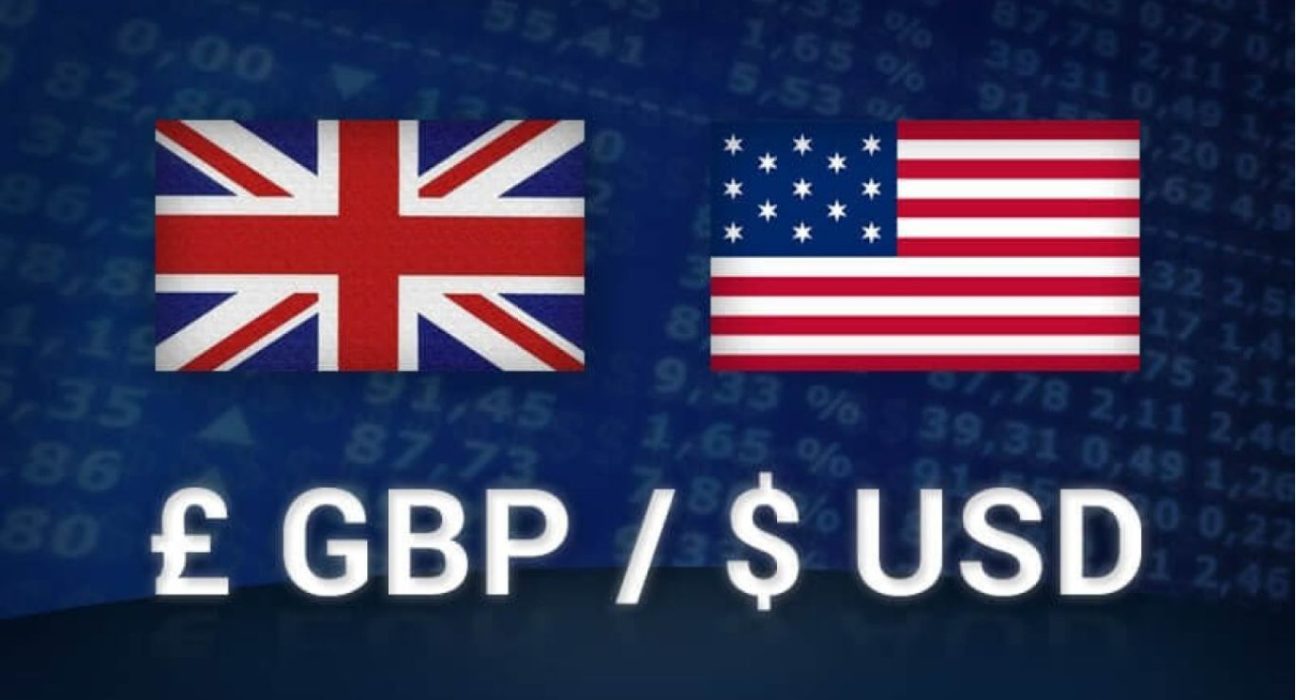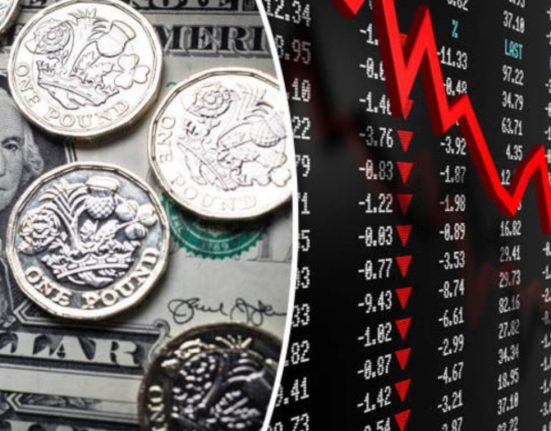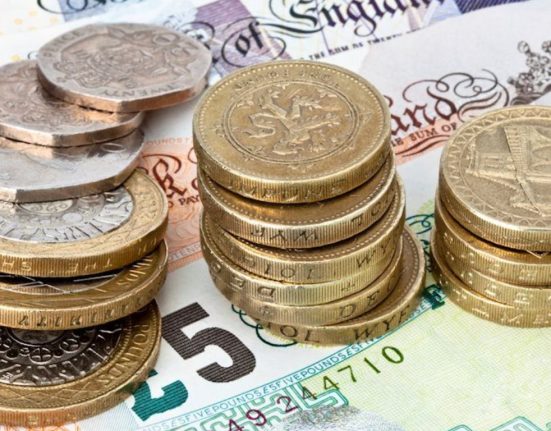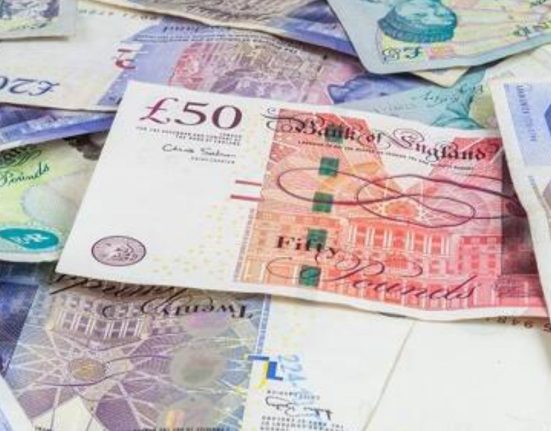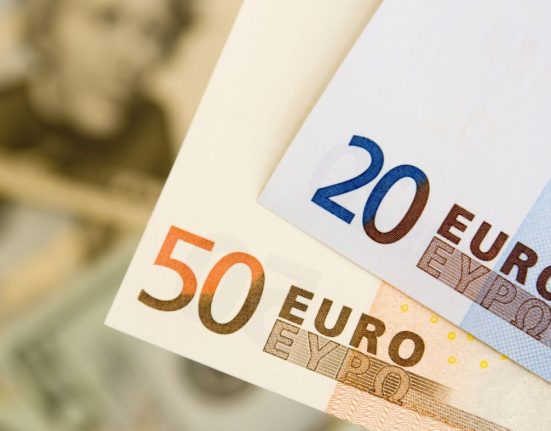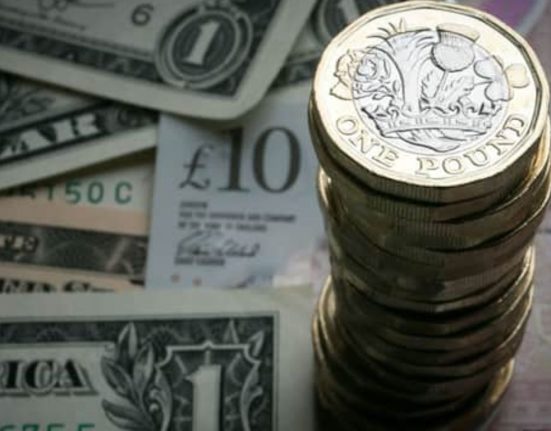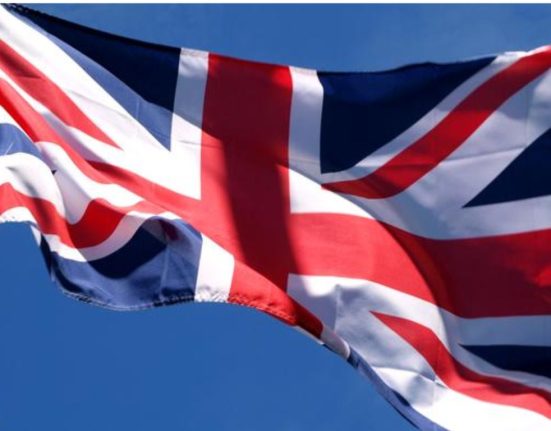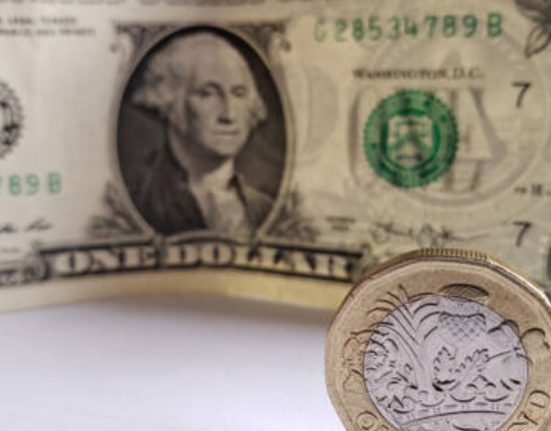The British pound sterling (GBP) has recently witnessed a modest yet noteworthy increase of 0.12%, reaching $1.2450, amidst a highly volatile market. This rise has captured the attention of investors who are navigating the uncertainties of the current economic landscape. In this article, we will explore the factors influencing this movement and delve into the potential consequences.
Market Sentiment and Economic Factors Driving Sterling’s Rise
Market sentiment plays a vital role in shaping the performance of the British pound sterling. Despite concerns surrounding global economic growth, political uncertainties, and trade tensions, the pound has demonstrated resilience. Investors seeking stability amid turbulent times have found solace in the relative strength of the British currency. Market participants are closely monitoring the pound’s performance and its ability to weather the storm of market volatility.
Brexit Developments and Their Impact on Sterling
The ongoing negotiations surrounding Brexit continue to exert a significant influence on the sterling’s performance. The outcomes of these discussions between the United Kingdom and the European Union can cause ripples in the currency market. Traders and investors eagerly monitor any signs of progress or setbacks, as they can greatly sway the value of the pound sterling. The developments in the Brexit saga remain a crucial factor impacting the currency’s trajectory.
Central Bank Policy and Monetary Factors
The decisions made by the Bank of England (BoE) regarding interest rates, quantitative easing measures, and overall monetary policy significantly affect the value of the pound sterling. Investors closely observe the actions and statements of the BoE to gauge the direction of the currency and adjust their positions accordingly. The central bank’s monetary policy plays a crucial role in determining the stability and attractiveness of the British pound.
Global Economic Developments and Trade Dynamics
The performance of the pound sterling is intricately linked to global economic developments and trade dynamics. Events in major economies such as the United States, Europe, and China can have a spillover effect on the British currency. Ongoing trade disputes and negotiations also impact the value of the pound. Market participants carefully consider these external factors when assessing the potential for the currency’s rise or fall.
Market Volatility and Investor Uncertainty
The current market volatility adds an additional layer of uncertainty to the movement of the British pound sterling. Geopolitical tensions, unexpected economic data releases, and unforeseen events can prompt investors to adopt risk aversion strategies. During such times, safe-haven assets like the U.S. dollar or gold often experience increased demand. The ability of the sterling to maintain a positive trajectory amidst this volatility highlights its relative strength and stability compared to other currencies.
Implications for Traders and Investors
The 0.12% rise in the sterling has implications for various market participants. Currency traders closely monitor these movements, capitalizing on short-term fluctuations and trends. Investors holding GBP-denominated assets may witness the impact of these currency movements on their positions, potentially leading to gains or losses. Exporters and importers also keep a close eye on the value of the pound as it influences the competitiveness of their products and the profitability of their business operations.
Long-Term Outlook and Expert Opinions
While the recent rise in the sterling is encouraging, experts caution against overreacting to short-term fluctuations. They emphasize the importance of considering broader economic trends and fundamental factors when assessing the currency’s long-term outlook. External events, such as changes in global economic conditions, trade agreements, or geopolitical developments, can swiftly alter the trajectory of the pound sterling. Thus, it is crucial to adopt a long-term perspective when evaluating the currency’s prospects.
Conclusion
In conclusion, amidst a volatile market environment, the British pound sterling experienced a modest increase of 0.12%, reaching $1.2450. Various factors, including market sentiment, Brexit developments, central bank policy, and global economic dynamics, have contributed to this rise. Traders, investors, and businesses closely monitor these currency movements and their implications. As the market landscape evolves, it is essential to keep a watchful eye on the pound sterling’s performance to make informed decisions in the ever-changing financial world.
